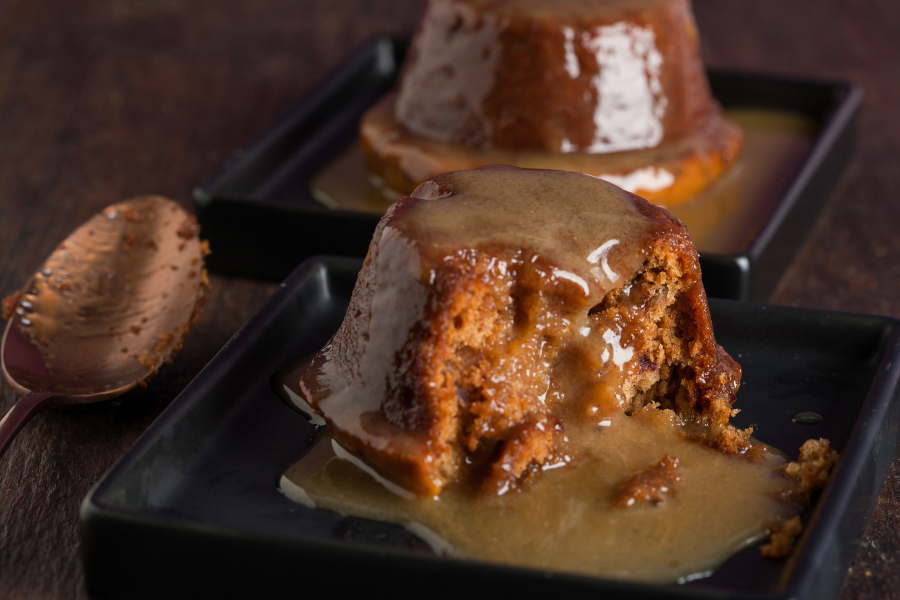In maintaining the integrity of its dishes, a restaurant cookbook can thumb its nose at the audience most eager to receive it. Put in terms a fan of Rasika will understand: Chef Vikram Sunderam has at long last published his recipe for palak chaat! It’s the saucy, complex heap of crispy fried spinach that has dazzled Washington diners since the elegant Indian restaurant opened in 2005.
But how many of us will opt for obtaining deggi mirch, an Indian chile powder blend; toasting the cumin seeds; making a base chutney and two sauces; and then maintaining a pot of 400-degree oil for batch after batch?
Washington chef-turned-writer David Hagedorn kept that in mind when he signed on to co-author the new “Rasika: Flavors of India” (Ecco, Oct. 10) with restaurateur Ashok Bajaj and Sunderam. The Bombay (now Mumbai)-born executive chef has earned accolades and a coveted four stars for interpreting his cuisine with modern flair. The cookbook project took three years.
“Restaurant cookbooks can be intimidating,” said Hagedorn, who writes occasionally for The Washington Post. “What I discovered was that these recipes are not all difficult. Their techniques are not difficult. Sure, you have to prep, as you would for Chinese cooking. … It’s a lot of cutting and dicing. A different way of cooking than most American cooks know.”



